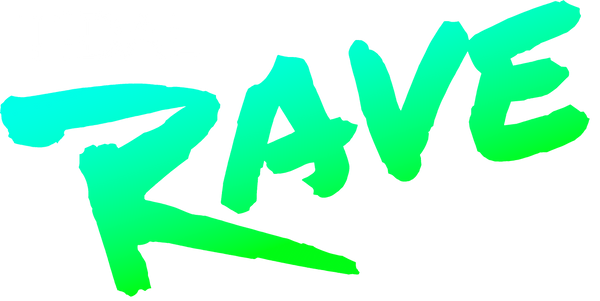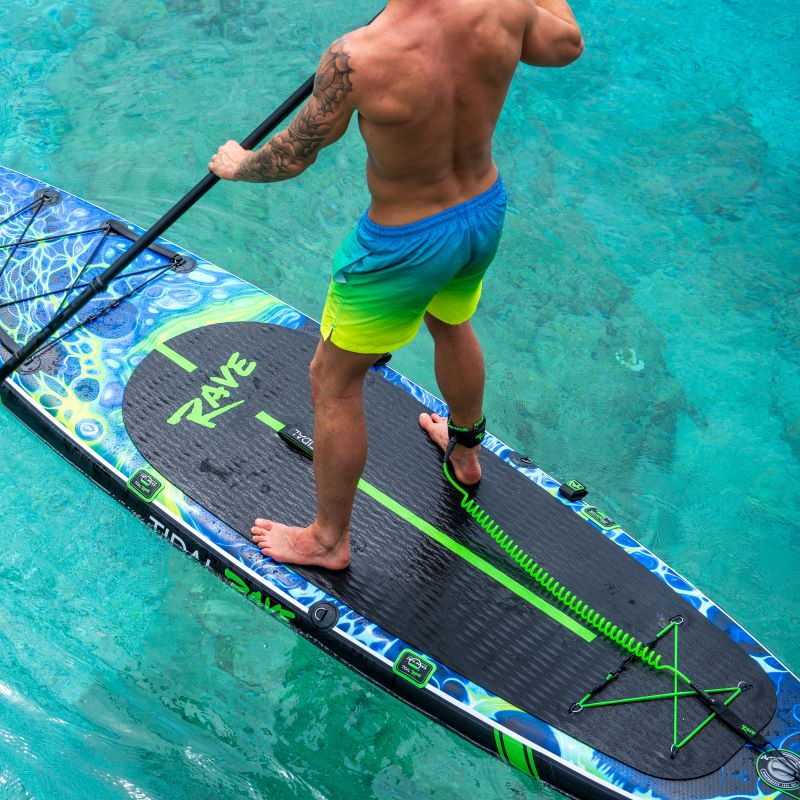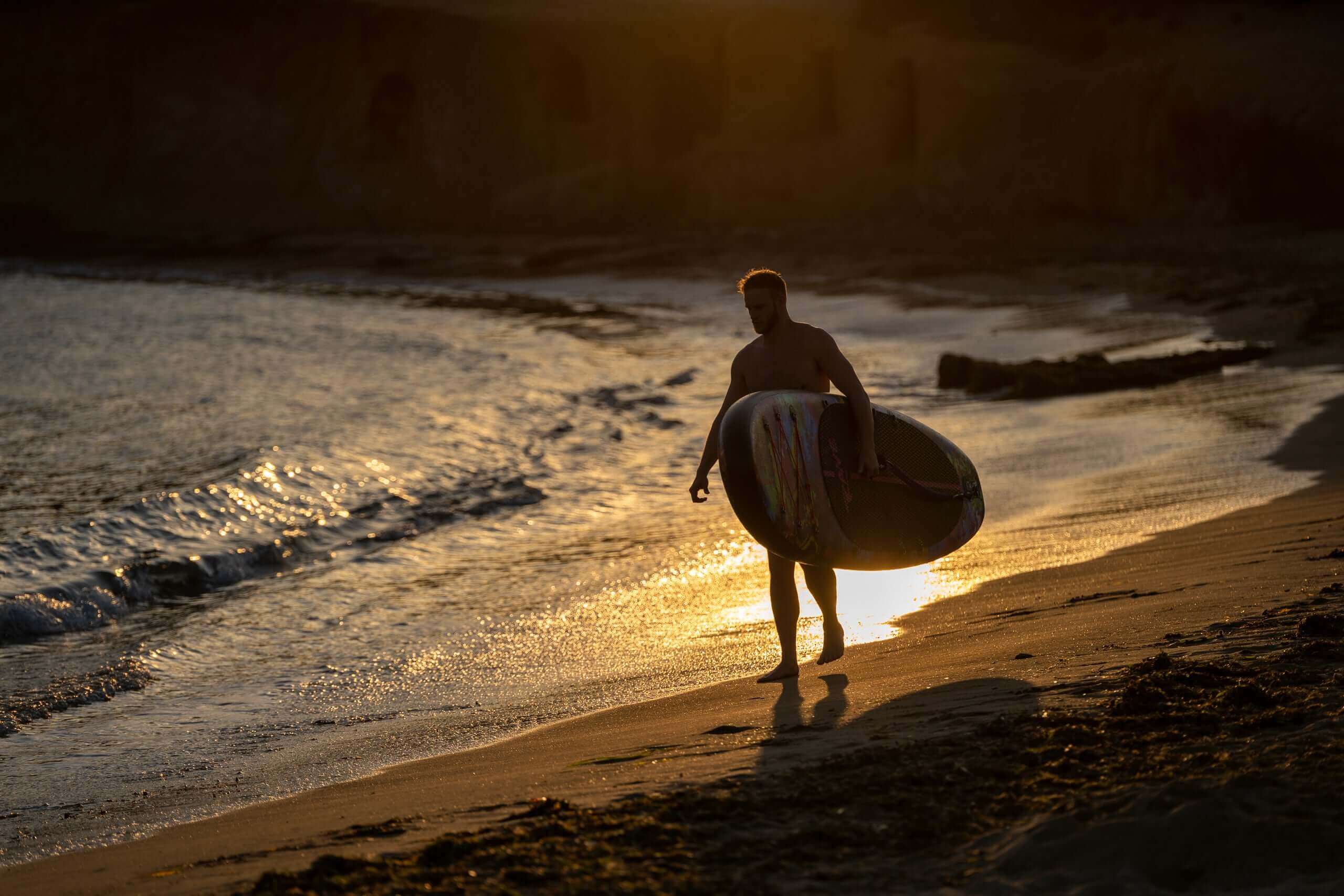So, you’re kitted out with an epic board and paddle, you’ve mastered climbing onto your board, and are ready to go. With your paddle in hand, you attempt to go forward but realize you’re missing one key thing, knowing how to hold and use your paddle!
I find this is often overlooked, but knowing how to hold a paddle board correctly is essential and will help you power through the water with ease, regardless of the water conditions. Below, I take a look at this process and give you some handy tips so you can grip your SUP accessory like a pro.
The Anatomy of a Stand-Up Paddle
Let’s take a look at the basic shape and components of a SUP paddle first and we can break it into three main sections:
- T-bar grip
- Shaft
- Blade
The T-bar grip sits at the top of the paddle and it’s shaped in this way so you can get great purchase on it and wrap your fingers around it.
The shaft is the main bulk of the paddle and often has adjustable locks so you can extend or shorten the length to suit your height and wingspan.
The blade is what you pull through the water to move and it’s important to understand the angle and shape of it. It’s offset from the angle of the shaft and typically has a curvature that helps driving into and pulling through the water.
Grip and Hand Placement
Holding the SUP paddle with the correct grip and hand placement gives you superior pulling power and control.
Your dominant hand should grip the T-bar handle in a fist, with your fingers wrapped around the T-section. Your other hand should then grip the shaft approximately shoulder-width apart from where your dominant hand is positioned.
Depending on which side you're paddling, you will switch which hand is holding the t-bar. If you’re paddling on the left, your right hand should grip the T-handle, and the reverse when paddling on the right.
If you have your hands positioned closer than this, your strokes will be incredibly weak and you won’t have much pulling power through the water.
Paddle Orientation

I’ve not mentioned which way the paddle should face and this is especially important too. 99% of paddle board beginners will hold their paddle the wrong way around because of how it naturally feels.
I explained earlier how the paddle blade has an offset angle and curves. You would expect that you hold it so the angle of the blade is pointing backward to form a natural scoop but it’s actually the opposite.
You should hold the paddle so the angle of the blade is pointing outwards, away from you. This looks unnatural, but when you do it, you will soon see that it’s the obvious orientation, and using your paddle in this manner with the correct stance gives you far more pulling power.
If you use the other side of the blade to paddle, it does give decent pulling power, but your reach is reduced and you can’t actually propel yourself as far through the water. Also, as you pull the paddle out, you are effectively creating a scooping motion and can scoop a heap of water with you.
As you can imagine, this is actually hard work and means that you end up putting far more force than necessary just to paddle which can result in shoulder injuries.
Benefits of Holding Your Paddle Correctly
I feel it’s important to know why holding your paddle correctly matters - if you can see the benefits you are more likely to do it properly.
Less strain and potential for injury
Simply put, if you hold your paddle in the wrong way, such as with a too-narrow grip or with the blade the wrong way, you increase the chance of injury. Learning how to hold a paddle board paddle correctly puts less strain on your arms, back, and shoulders.
Better reach with each stroke
By holding your paddle properly, you get more out of each stroke and can pull further through the water. This means you need fewer strokes to travel the same distance and expend less energy which could mean you can travel further too.
More efficient paddling
These things combined mean that your paddle boarding is efficient. You use less energy, need less strokes, and can travel further and faster with less effort which is never a bas thing!
Become a Paddle Board Pro and Master Your SUP Paddle
The great thing about learning how to hold a paddle board paddle is that you can do it without even mounting your board! I advise getting familiar with your paddle long before you venture into the water and even taking the time to do some practice strokes so you can get used to the motions and muscle memory too.




